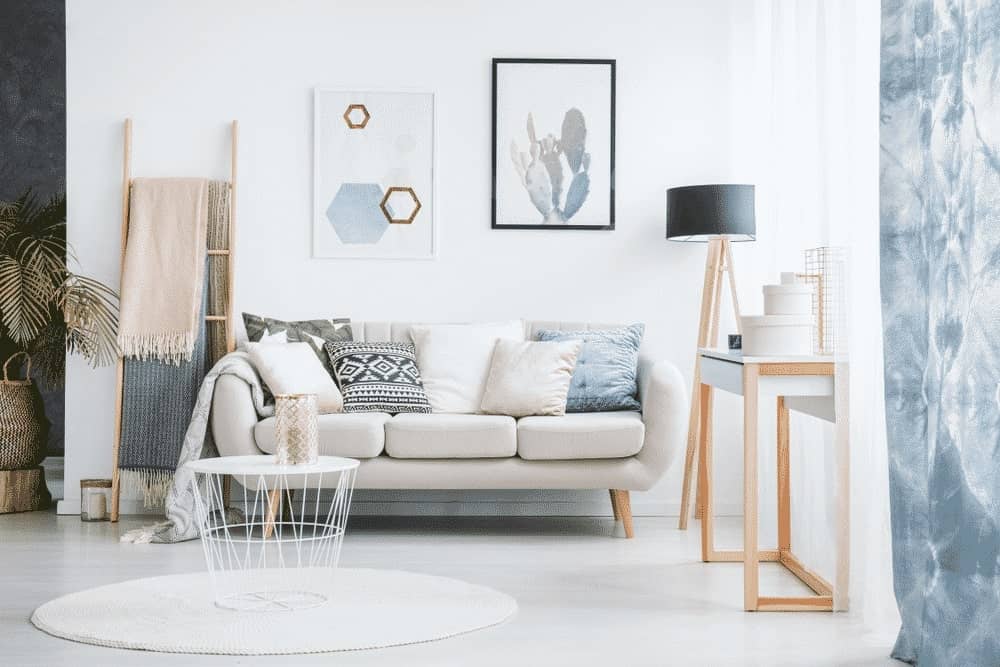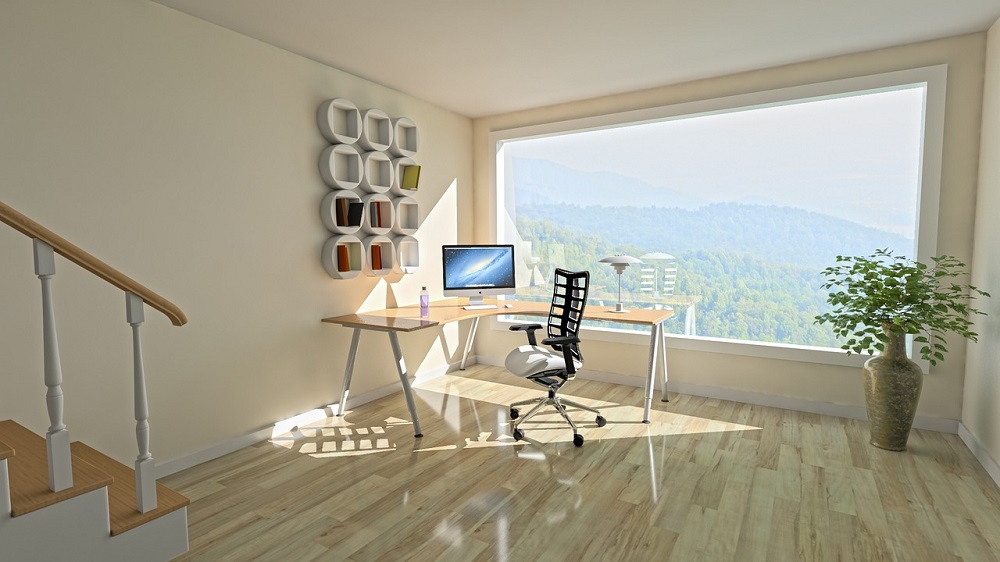When it comes time to design the inside of your home, inspiration can come from all kinds of places. Perhaps you saw something on TV or in a magazine that you liked. Maybe you found a piece of furniture that spoke to you. It could even be that you inherited a piece from a loved one and you want it to figure prominently in your home. Designers and those who work with them, such as the team at Designer Premier in Denver, know that putting together a cohesive design for your home is a process that can involve many stages.But sometimes, the journey to beautiful interior design leads to conflict. It comes up when you’re very attached to one element, but you don’t want the rest of your home to be drawn from the style of that piece. It comes up, too, when you move in with someone new and combine your possessions and decor, a process that can often lead to an ununified hodgepodge.

How to mix the many different styles in interior design into a cohesive home? Read on and find out.
Use Color to Unify Your Look
One of the easiest ways to create a streamlined look throughout your home is with careful color choices. There are a lot of ways this can be done. If you have a standout piece, like a brightly colored piece of furniture, make that color a focal point. Add accents featuring the same color throughout the room, and keep the rest of the colors in the room basic and muted. Bright color can also help to modernize more old-fashioned pieces, bringing them into the same era as any newer items you may have in your home.

Interior Design Color Choices
Choose Neutral Flooring
Neutral flooring—an off-white rug, for example, or bare wood floor—is easy for the mind to process. The eye takes in neutral flooring and moves on. This will allow focus to turn to other elements of the room, elements that you won’t have to worry about clashing with your floors. Tie all your pieces together and establish a harmonious feel by basing them on flooring choices that don’t draw the eye or capture attention.

Neutral Flooring
Put Function First
This advice is especially important to remember when you are combining two collections into one, because there may be items you simply can’t get to look good together in the same house. When this happens, function over form is an important rule to live by. Maybe you’re in love with those fluffy purple throw pillows you’ve had since college, but if they don’t go with your spouse’s favorite sofa, it might be time to cut them loose. Let the functional pieces in the room direct the style you’re going to pursue. Accent pieces should follow.

Interior Design Style
Combine Textures
The great thing about combining styles in your home is that textures, at least, are very easy to combine. Almost all natural textures, be they wicker, wood, or metallic, go together with no problem. Creating a room full of various textures can actually help pull a look together—the contrasting textures themselves will become the focal point of the room, creating a space that is fascinating to look at.
Bringing together two collections of furniture and accessories can prove very challenging. So too can fitting an exciting new piece with which you’ve fallen in love in with your original collection. But you should never lose heart. The laws that govern interior design are flexible and allow for plenty of options. With a little experimentation, you’re sure to find the look for your home.






